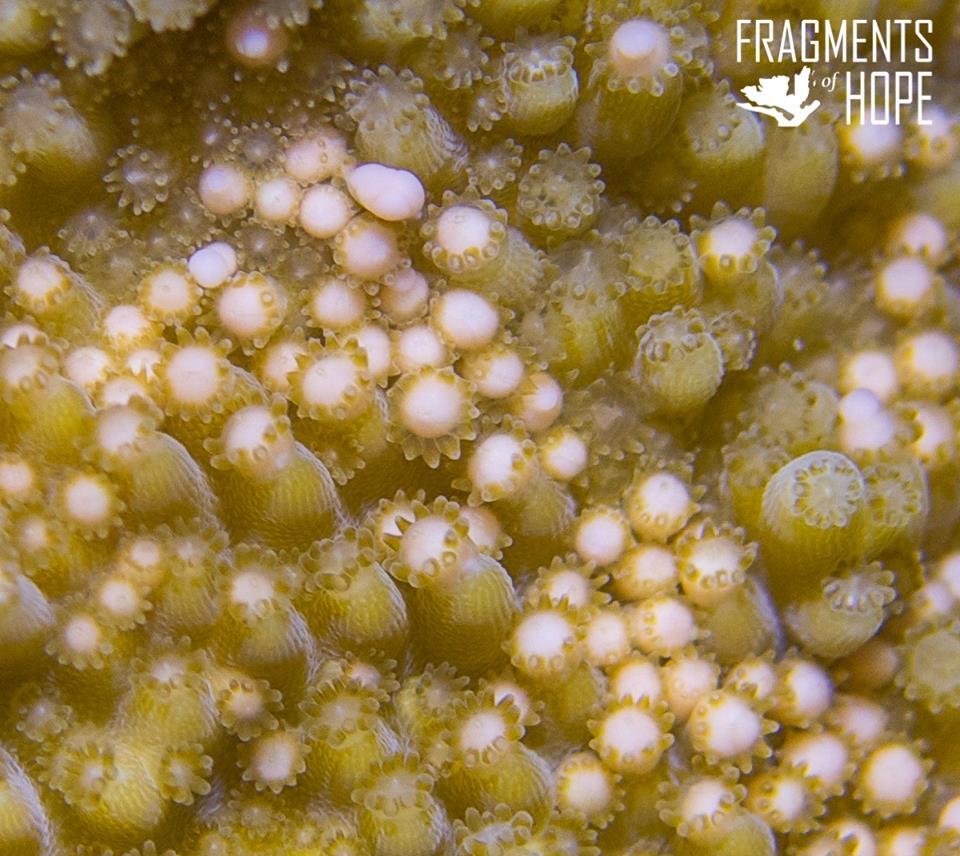Corals are known for their synchronistic spawning, typically a week after the last full moon in August. This year with a late blue moon in July the spawning happened earlier than normal. Teams from the Steinhart Aquarium, Seaworld, Akron Zoo, Georgia Aquarium and Florida Aquarium were on hand along with the Coral Restoration Foundation to collect gametes (coral spawn) on August 4th and 5th in the Florida Keys.
Once collected, the crew wasted no time mixing the gametes to start cultivating coral larvae that will result in young coral colonies. Some of the corals in the Coral Restoration site have been growing since 2003, and the foundation made history in 2009 with the first documented nursery-raised coral spawn.

Talk about synchronized, in Belize, the Fragments of Hope coral nursery also got to witness this yearly event on August 5th. Photographer Annelise Hagan was able to capture some great close up shots of the event. Fragments of Hope says this years spawning was a huge success. “All three nursery-grown acroporid species spawned Aug 5th”. The coral fragments were planted five years ago at Laughing Bird Caye National Park.

Getting fish to spawn in captivity is easy compared to rearing their larvae and getting them to settle out in large numbers. Thankfully, the opposite is true of corals since so much work has already been done by groups such as SECORE and CRF to rear coral larvae from wild corals.
With the captive coral spawning efforts of Jamie Craggs, the reef aquarium hobby is just now scratching the surface of figuring out how to spawn corals in reef aquariums. It’ll probably be a few more years before we see captive spawning and settling of captive corals in the aquarium but when that day comes, we may truly enjoy domesticated strains of captive bred corals that are brighter, stronger and faster growing than the corals in our aquariums today.




